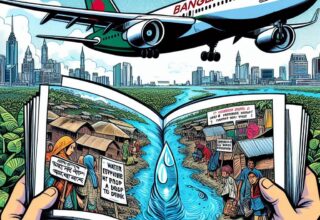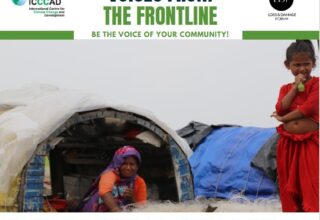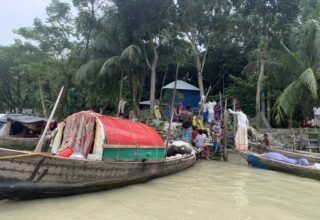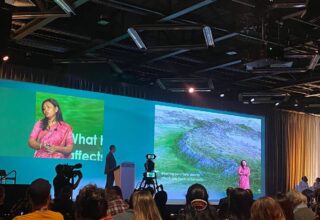Saleemul Huq, one of the most persistent long-term advocates of a ‘loss and damage’ fund on climate change, explores the origins and potential of the breakthrough at the recent COP.
For thirty years the vulnerable developing countries led by the small island states had been demanding under the United Nations Framework Convention on Climate Change (UNFCCC) the creation of a fund for Loss and Damage from impacts of human induced climate change, but had been thwarted by the rich developed countries who refused to even discuss it.
There were some gains in COP19 with the setting up of the Warsaw International Mechanism on Loss and Damage in 2013 and by having an article on Loss and Damage in the Paris Agreement in COP21 in 2015, but these were only talking shops with no funding attached.
In my view the turning point came with the publication of the 6th Assessment Report of Working Group one of the Intergovernmental Panel on Climate Change (IPCC) in 2021. There, the scientific community for the first time provided unequivocal evidence of impacts that were attributable to global temperatures having risen over one Degree Centigrade due to emissions of greenhouse gases since the industrial revolution.
This led to the developing countries demanding the setting up of the Glasgow Finance Facility for Loss and Damage at COP26 in Glasgow, Scotland, in November 2021. But this end was once again thwarted by the developed countries changing the wording to setting up the Glasgow Dialogue on finance for Loss and Damage with a three-year program of talk but no action.
Another tipping followed in 2022 with the devastating floods in Pakistan , who were incidentally the chair of the Group of 77 and China, which is the group of all 134 developing countries in the UNFCCC. The devastation of the floods in Pakistan was clearly attributed by scientists as having been doubled in impacts due to climate change and hence Pakistan claimed funding from the developed polluting countries by tabling an agenda item for Finance for Loss and Damage for COP27 under the Finance Agenda.
As every new agenda item has to be agreed by all parties and if even one party doesn’t agree the agenda item will not be adopted, we knew there would be a fight to even get L&D on the agenda, but fortunately we won and the agenda was adopted.
There then followed two weeks of intensive negotiations, first by negotiators and then by ministers, until all countries agreed a day late to establish the fund for addressing Loss and Damage by COP28 in Dubai next year.
The main explanation for the success in COP27 after thirty years of effort was a combination of the scientific reality of the impacts of human-induced climate change happening everywhere and the unity of the developing countries under the leadership of Pakistan, as well as the support of civil society from all over the world.
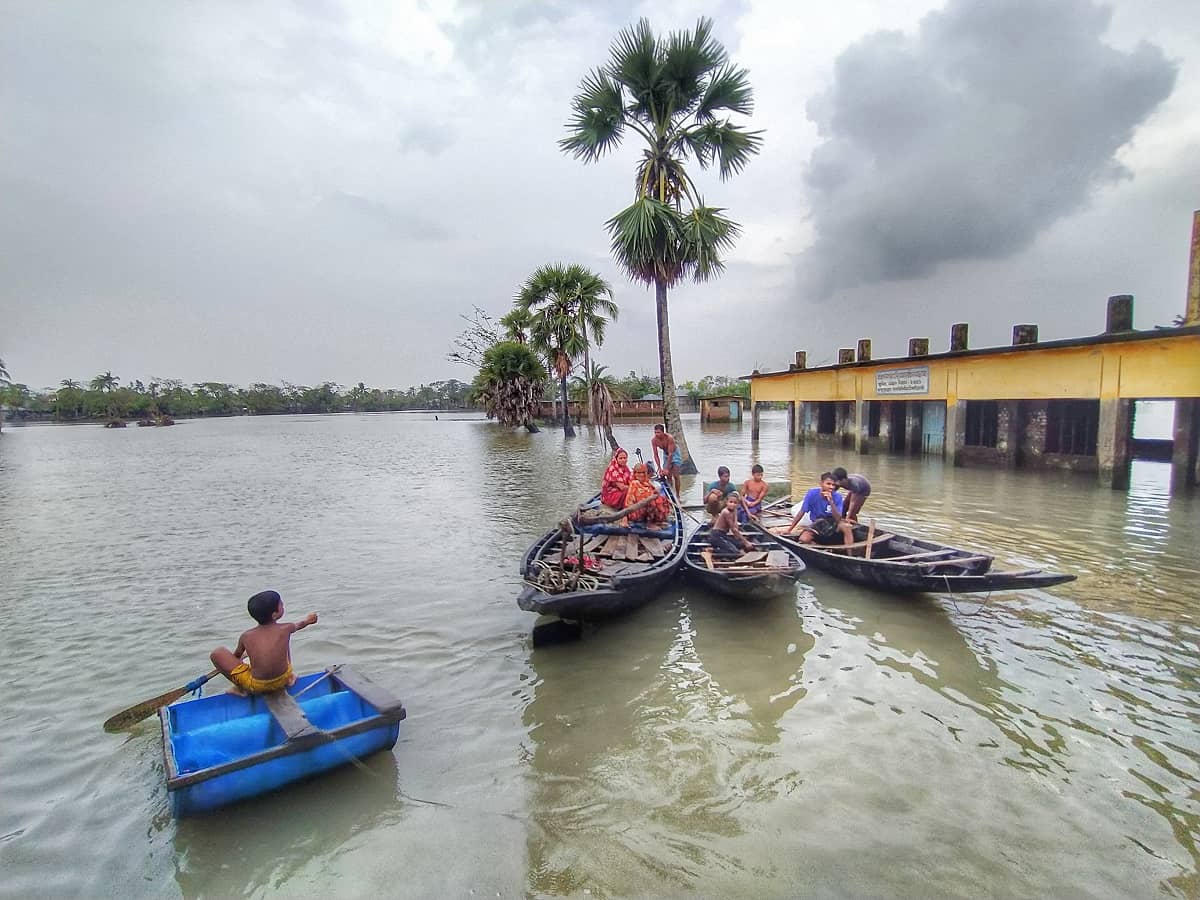
Now the more complicated (and legitimate) questions with regards to how to make it work will be addressed by the transitional committee that was set up in COP27.
Here are my own views on the questions that keep arising:
Who will pay? I feel that the polluters, particularly the fossil fuel companies, who are making exorbitant profits at the moment, need to share some of that money to pay the victims of their pollution. This could easily be done by every country with a fossil fuel company registered in it levying a Loss and Damage tax on the profits of the company and putting the money into the Loss and Damage Fund. Even a light tax of ten percent on profits would generate tens of billions of dollars immediately.
Who will manage the fund? There are a number of existing funds, both under the UNFCCC and beyond, that could be considered to manage a new Loss and Damage Fund. Or a new fund could be created under the UNFCCC. All these options will need to be explored by the transitional committee and negotiated in COP28 next year.
Who will be eligible to receive the funds? In my view any poor community that is clearly suffering extreme weather impacts that can be attributed to human-induced climate change should be eligible to receive funding without lengthy bureaucratic procedures. The Humanitarian sector has some good experience and examples that can be drawn on.
What is clear already is that the world has stepped into the era of Loss and Damage from human-induced climate change and we need to collectively up our game to respond to the challenge.
For a lyrical take on what just happened, check out Alejandra Padin-Dujon’s piece on the LSE International Development blog
Originally this Blog was published on November 29, 2022 at From Poverty to Power – Oxfam GB Website.
About the author
Saleemul Huq, Director, International Centre for Climate Change and Development, Independent University Bangladesh.

